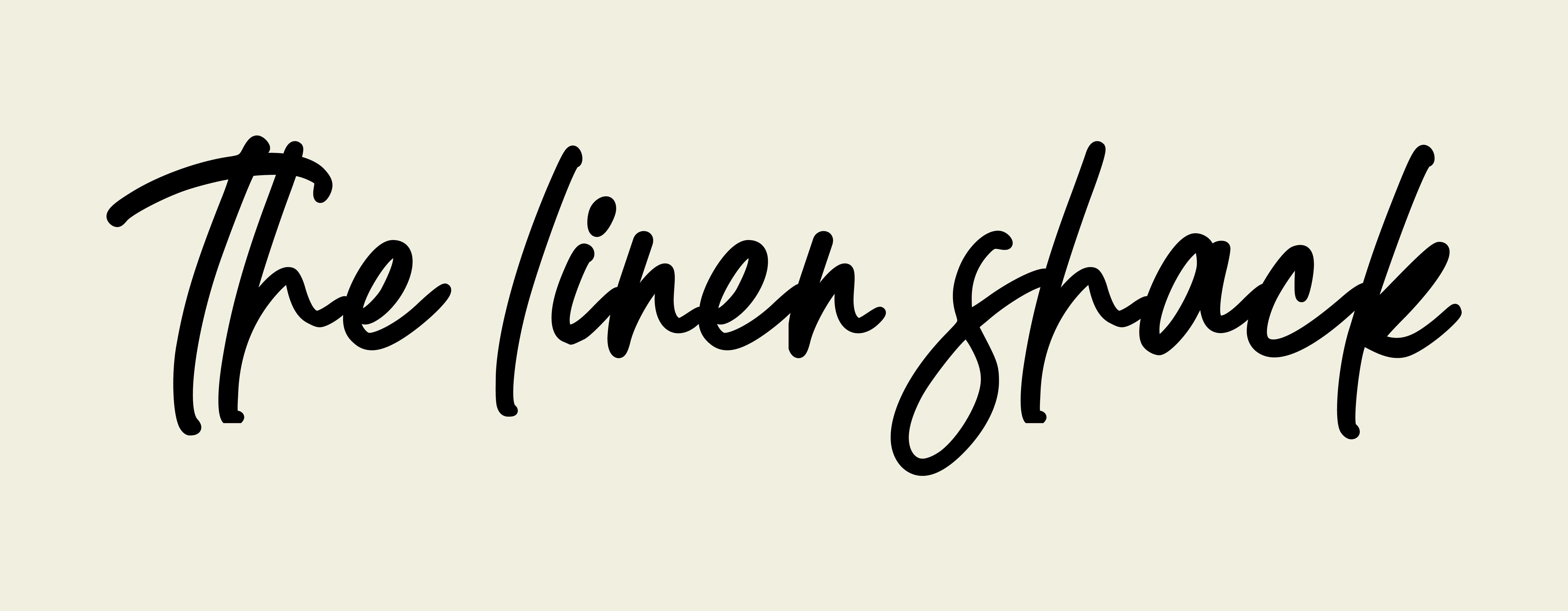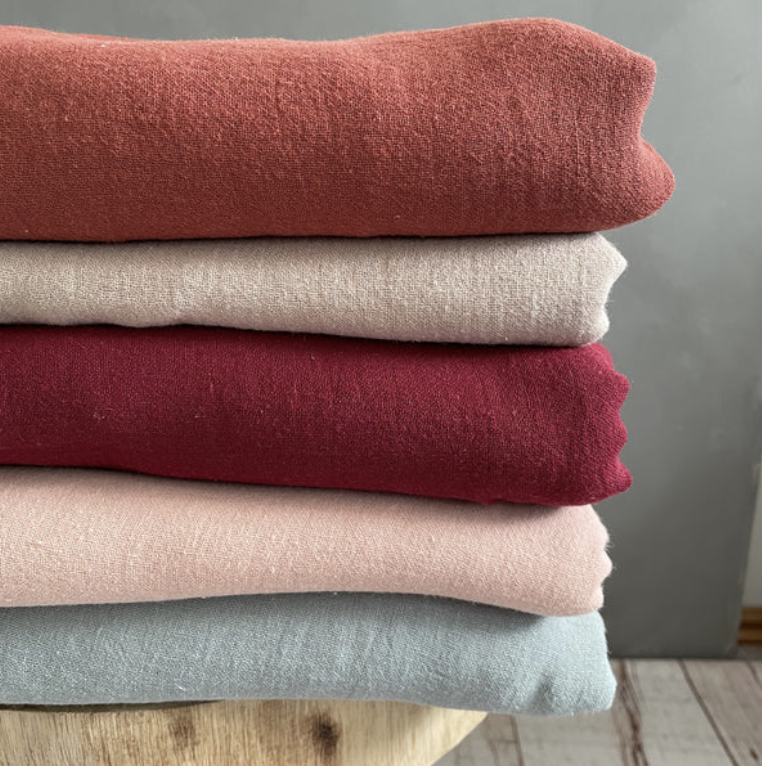Why Is Linen Fabric Expensive?
The cost of linen varies considerably depending on the quality. However, high-quality linen can be expensive as linen production is a time and labor-intensive process, which is a major factor in its higher price.
The flax plant is ready to be harvested about 90 days after sowing. When it comes to harvest, flax plants cannot simply be cut. The entire plant must be uprooted from the ground intact. Uprooting each tree takes a lot of time. This helps achieve the yarn's maximum length, which is key to producing high-quality linen.

Fiber extract from the flax plant.
Extracting fiber from the flax plant is another laborious process that involves three steps:
Retting: The flax stalks are soaked in water to soften them in this first step. Washed stems are partially rotting due to the action of bacteria and fungi. This partial rotting prepares the flax stalk for the next step.
Chopping: This second step involves crushing wet and partially rotted flax stalks between heavy-duty industrial metal rollers, helping to separate the inner fibers from the outer woody stems.
Hackling: This final step runs the flax through the hackling comb. These combs separate the long strands from the shorter ones. The long fibres are then woven into linen.
Weaving Linen.

Weaving linen from treated linen is another time-consuming step in linen production. The weaving is done using industrial-scale machines. This process slows down because the flax fibers are very fragile and tend to break easily, so the machine must run at a relatively lower speed. The longer time it takes to weave linen adds to its cost.
Conditional development.
The highest quality linen is obtained from flax plants grown and harvested in Western European countries in regions in and around France, Italy, Belgium and the Netherlands. The climate and soil in these regions create ideal conditions for flax to grow and develop. Higher production and labour costs in these regions contribute to higher linen prices.
Why is linen worth the price despite the higher price?
There is no denying that despite its higher price tag, linen is still much preferred over most other natural or synthetic fabrics because of its many benefits.
Linen is hypoallergenic and has a high thermoregulatory ability, keeping skin comfortable whether it's a hot day or a cold winter morning. In addition, linen becomes softer and more comfortable with each wash, a quality rarely found in other fabrics.
Linen's soft, delicate appearance reflects its internal strength and stiffness, contributing to the fabric's longevity. I own linen sheets and clothes that have been washed many times over the years, and the fabric quality is still good and very comfortable to wear.

Last but not least, you can find linen in a wide range of colours from light - medium - dark colours and beautiful prints - block prints, pattern prints,... that you won't find in any other fabric.
So linen is worth the price, and you'll stand out from the crowd when you put on a gorgeous linen outfit made with your own hands.
Hey, let's check our stuff here.

